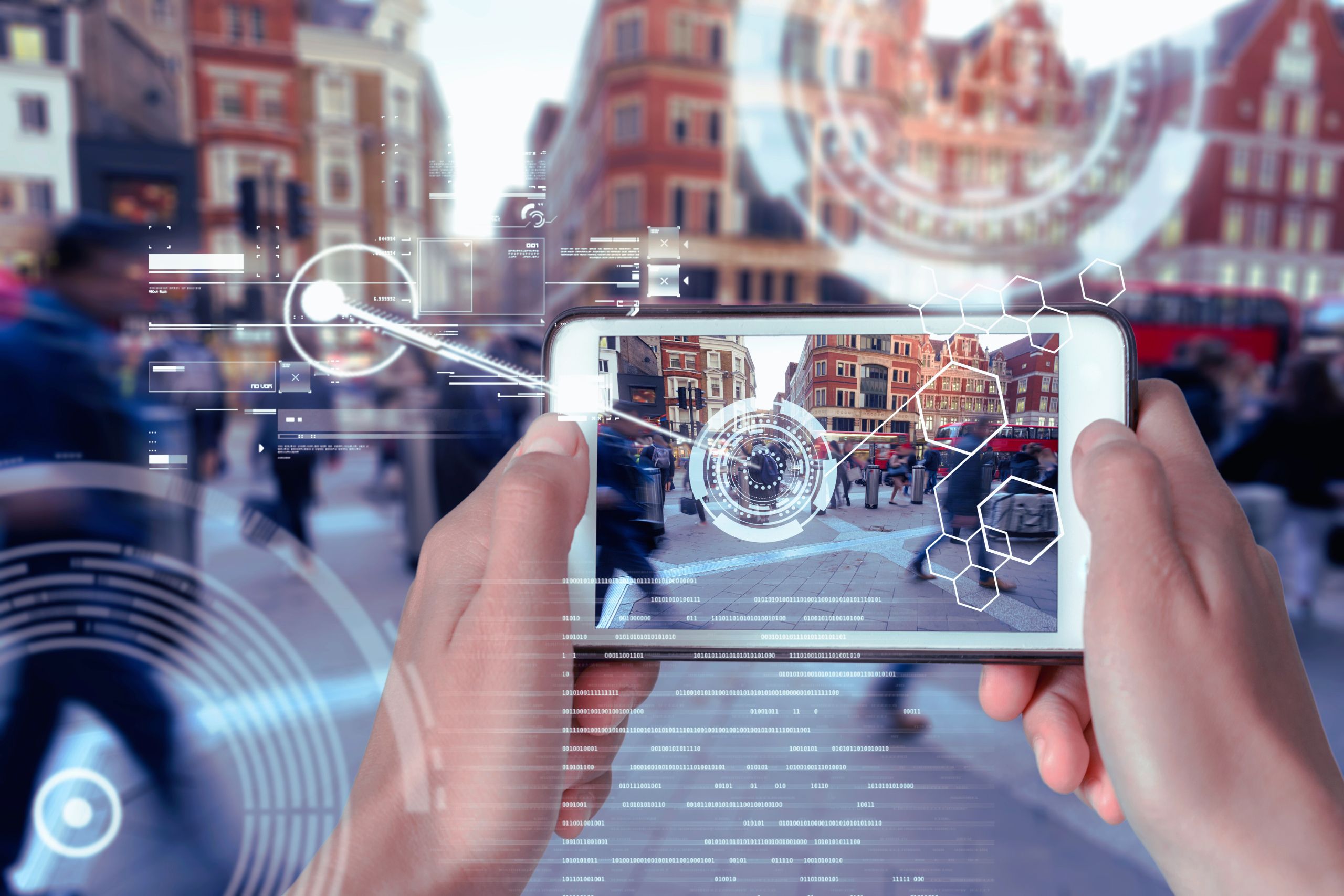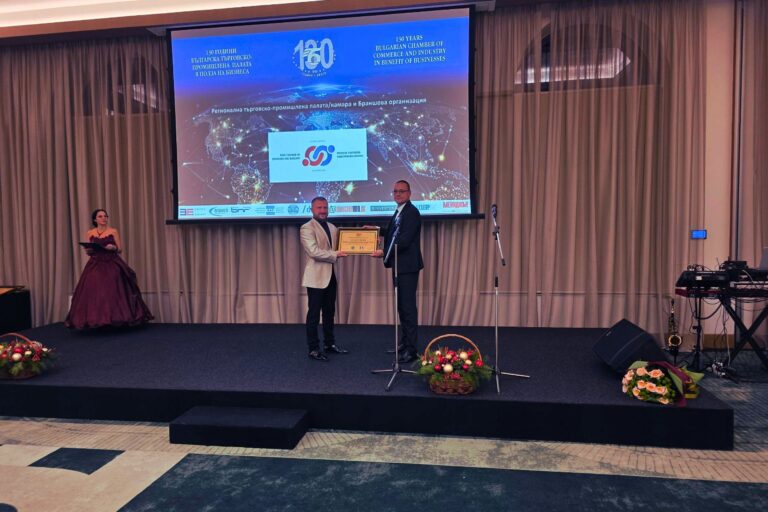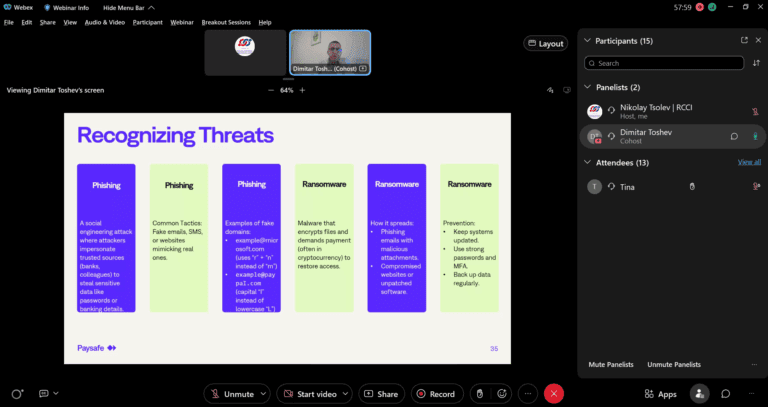Virtual and Augmented Reality (VR/AR) in Education and Business
Virtual and Augmented Reality (VR/AR) technologies are now an integral part of the digital transformation that is changing both business and education. These innovative technologies offer unique training and simulation opportunities that have been difficult to achieve until recently. In the context of digital supply chains (SC), VR and AR play an important role in creating interactive learning methods and scenarios that bring the real business environment closer to users. These technologies help both students and small and medium-sized enterprises (SMEs) build important digital skills and innovate.
Virtual Reality (VR) - Immersion in A New Environment
Virtual reality (VR) allows users to be transported into a fully computer-generated environment where they can interact with objects and perform tasks as if they were in the real world. In education, VR enables students to experience different scenarios and simulations in a safe environment, which is of utmost importance for developing practical skills.
Application of VR in Education:
- Training simulations: In the field of digital supply chains, students can use VR to simulate supply chain management, logistics and manufacturing processes. Through these simulations, they can gain an experience that is almost identical to real operations, without the risk of errors and losses.
- Interactive training courses: Higher education institutions and vocational education and training (VET) centers are using VR to create courses that include interactive tasks and solutions to real business problems. This improves students' critical thinking and ability to apply what they learn in practice.
Application of VR in Business:
- Operational simulations: Virtual reality can be used to simulate various processes in digital supply chains, such as logistics optimization, warehouse management and manufacturing. Through VR simulations, businesses can test new ideas or strategies without jeopardizing real operations.
- Virtual trainings for staff: SMEs can use VR to conduct virtual training for their employees. These trainings can include both general tasks and specific operations related to the supply chain.
Augmented Reality (AR) – Augmenting the Real World
Augmented reality (AR) differs from VR in that it does not replace the real environment, but complements it by overlaying digital information on the real world. AR also has strong applications in both education and business, especially in the context of digital supply chains.
Application of AR in Education:
- Interactive lessons: AR allows educators to create learning materials that students can view and interact with in real time. For example, students in logistics can use AR to visualize complex supply chains as well as simulate various optimization scenarios.
- Visualization of processes: AR can be used to visualize processes that would otherwise be difficult to understand through text or 2D materials. For example, students can see how the internal structure of a warehouse system works or how automated vehicles (AGVs) interact with other components within digital supply chains.
Application of AR in Business:
- Real-time support: In enterprises, AR can be used to provide real-time instructions to employees at work. For example, if an employee needs to repair or adjust equipment, AR can provide them with step-by-step directions directly on the device.
- Optimization of warehouse operations: AR can be integrated into warehouse systems to improve process accuracy and efficiency. Employees can use AR devices to see real-time product and inventory information, helping them complete tasks faster and more efficiently.
The Benefits of VR and AR in Digital Supply Chains
- Improving efficiency and accuracy: Through simulations and visualizations, businesses can optimize processes in their supply chains, thereby reducing costs and increasing efficiency.
- Reduce risk and errors: Virtual reality allows new ideas and strategies to be tested without the risk of making mistakes in the real world. This is particularly useful when introducing new technologies or optimizations in digital supply chains.
- Innovative teaching methods: Students educated through VR and AR are better prepared for the real business world as they have the opportunity to interact with processes in an environment that closely mimics the work environment.
Conclusion
Virtual and augmented reality are not only revolutionizing the way education and business operate, but are also playing a key role in the digitization of supply chains. By providing interactive learning methods and simulations for the real business environment, VR and AR help students and businesses develop important digital skills and implement innovations that can transform their operations.
This material was prepared within the framework of the BE-Digital project, funded by the Erasmus+ programme.







